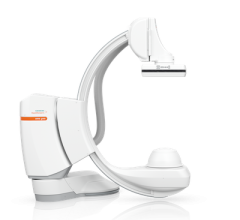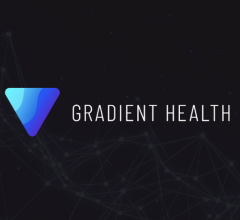Dictated narrative documentation remains the preferred mode for radiologists, both for its convenience and speed as well as its unique ability to capture reasoning, context, and other meaningful patient detail that is critical to physicians beyond structured template data. As such, dictated information will play a central role in meaningful use.
Speech recognition has been broadly adopted in radiology. Over the years, the technology has migrated from implementation as standalone systems to being interfaced with the RIS to full integration with PACS. One implication is that there are many aging legacy systems in use that will be candidates for replacement in the near future; another is that today, speech recognition is an essential feature of PACS.
The benefits are clear and substantial. Radiologists gain maximum productivity in reporting from a seamless workflow in which the PACS drives their work list, provides patient data and context to the integrated speech recognition system which is invoked on-demand from within the PACS, and permits rapid documentation while viewing the images and other PACS data. Flexibility is also optimized, as the radiologist can choose between free narrative mode, structured templates driven by voice, or a mixed approach.
What is fundamental today and going forward, particularly as meaningful use criteria expand in radiology and next-generation PACS takes hold is that speech recognition is blended tightly with natural language understanding technology. This combination permits meaningful clinical information and concepts to be identified and encoded according to standard terminology sets such as RadLex, SNOMED CT and others – whether that data has been captured in free text or voice-filled template fields. The information becomes computer-processible and shareable; more important, it can drive effective action within and outside of the PACS workflow. Pre-signature alerts to the radiologist promote higher quality documentation and care, clinical content from the report can trigger necessary actions, and data can be analyzed for a host of compliance, performance and care improvement uses.
Don Fallati is senior VP of marketing, M*Modal


 December 10, 2025
December 10, 2025 









